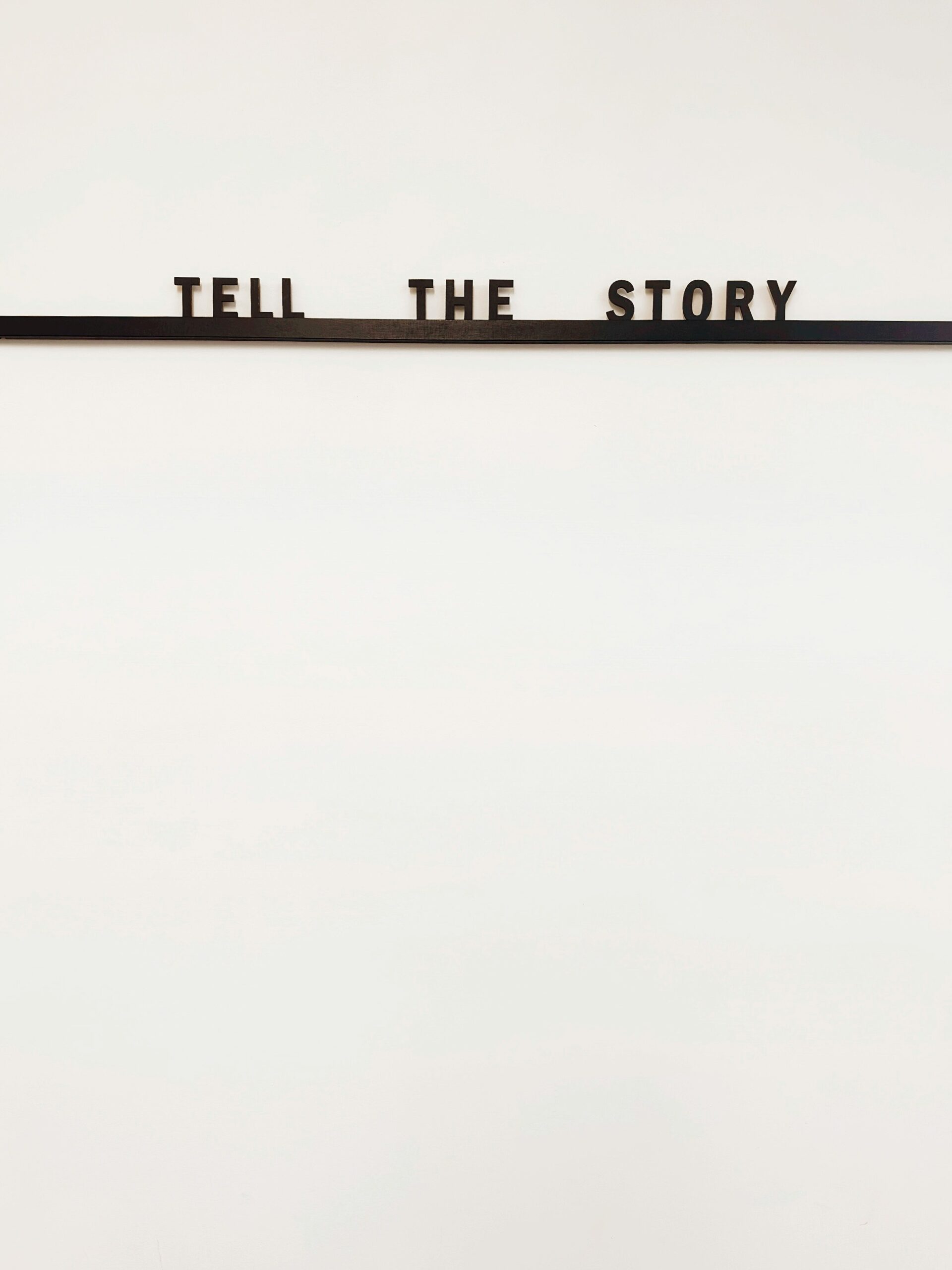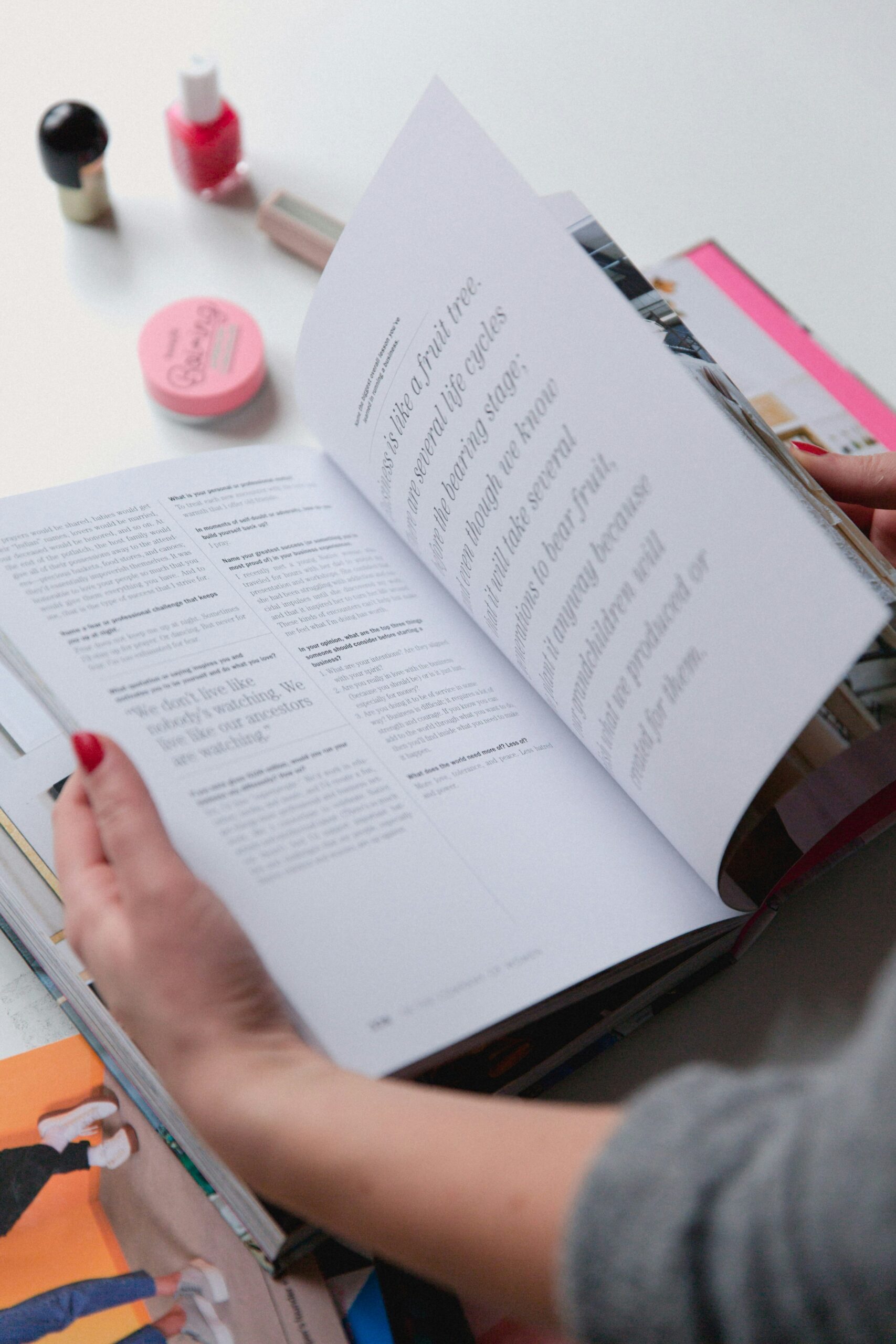4 Sneaky Places Bad Copywriting Hides, Ready to Attack Your Business
“In an online world, our online words are our emissaries; they tell the world who we are.”
― Ann Handley, Everybody Writes: Your Go-To Guide to Creating Ridiculously Good Content
Words matter. Content matters. What we say as businesses and brands matters — regardless of the format our words and content appear within.
Which makes the idea of content tricky. Most of us think of content as either printed materials (brochures, sell sheets, books, posters … anything tangible) or online publishings and postings (blog posts, web content, infographics, videos … you get the idea).
But content is actually more than that. Anything we produce or share that is part of our brand story can be considered content. Which means that bad content — and bad copywriting — is often lurking in areas of our daily communications that we rarely acknowledge.
And this is a bad thing — because anything we produce or share needs to represent our brands in a way that is relevant and meaningful to our audiences.
Recently, we’ve been helping our clients weed out the bad copywriting from the good — and we’ve realized there are a few main places where this type of content likes to hide. So if you’re looking for quick ways to spruce up your story, here are some places to start:
1. Curated Social Media Content
Curated content – or content that you collect and share from a source outside of your business or brand – seems like an easy way to generate content for your audience.
But just because you aren’t writing the content doesn’t mean you don’t have to put in some work.
When sharing social content from a third-party source, it’s important to put the share in context for your brand. Why would your audience be interested in this piece of content? How does it connect to your brand story? Why did you decide it was share-worthy? Before you share with your audience, craft a brand-appropriate update to put the content in perspective. Make the voice and tone reflect your brand.
This is especially important on Pinterest, where it’s very easy to simply repin a pin from another user. If you don’t pay attention, you may inadvertently share another user’s personal (or inappropriate!) comments related to a pin. Your followers won’t know that those comments don’t come directly from your brand. So it’s important to edit all comments, even when re-pinning existing content.
2. Meta Data
Meta data is basically “data that describes other data.” In the context of online content, it means the information that helps search users find and understand what your content is about.
The most important areas to consider are your meta description and your page title. As we discussed in SEO Basics for Pages and Posts:
- The page title is the first line that appears in an individual search result, as well as what displays in your browser tab. The page title should provide a concise explanation on the type of content that can be found on that page, using keywords whenever possible, as well as the name of the business. Aim for a title length of about 55 characters, and a max of 60 characters, since that is the most Google will display
- The meta description appears under the page title in search results. It should be approximately 150-160 characters and its main role is to encourage click throughs from search engine results pages (SERP). … Your page’s meta description is a bit similar to the blurb on the back of a book—both need to convey the topic and intrigue the reader into reading more. If your page description isn’t enticing, it isn’t likely that people will click through from the SERP. That makes all the hard work you put in to keyword research and your page title development almost useless.
It’s easy to forget about meta data because it’s “behind-the-scenes” – meaning, it doesn’t directly show up on your website or blog. For this reason, meta data is usually an afterthought – and one that often gets forgotten about in the excitement of a website launch or a post publish.
If you ignore your meta data, you ignore the opportunity to advertise your content in search. Your meta description is an important way to entice searchers to click through and read your content. Your page title tells searchers if they are in exactly the right place for their needs. So pay attention to at least these two areas if you want them to help, not hurt, your content.
3. Regular Old Email
Day-to-day email is a seriously fertile ground for bad copywriting. Email is often written quickly, under pressure, and with little emphasis on craft or style. Why? I blame the immediacy of text messaging and other chat apps, which make us ultra-casual with our communications.
Email, however, is not a text message. It can be a lasting communication, if it’s valuable. And it’s often a direct representation of you — or the brand you represent.
Want to make sure your employees’ or coworkers’ emails aren’t sabotaging the carefully crafted brand tone you’ve created? Here are some things to check:
- Does everyone have an email signature that is a consistent representation of the brand, both visually and from a content standpoint? Does it include not only ways to keep in contact, but also links to more information?
- Does your email use correct grammar and punctuation, and is the tone of the email in line with your brand?
- Does your email look professional and brand-worthy?
4. Autoresponders
In line with email content, autoresponder emails are often overlooked. But they provide a great opportunity to engage recipients.
For example, if you have an autoresponder for a piece of gated content, make sure the content of that autoresponder is valuable itself. Perhaps it includes links to additional content the recipient may find useful, or it gives them an idea to think about. It could even ask them a question and prompt them to respond.
The worst mistake is to keep that content generic. If someone is receiving an autoresponder from you, they have already shown interest in your business or your brand. General, boring content doesn’t showcase your brand’s personality, and it doesn’t strengthen your relationship with the recipient. It’s a missed opportunity.
These are only four of the common places that bad copywriting likes to lurk … but it could be hiding anywhere. Make sure you consider all of the various points of contact you have with your audiences throughout your relationship with them. Each and every time you communicate with them, you can either strengthen or weaken that relationship. Beef up your content, and you’ll make that relationship stronger.
Need help making your content brand-worthy? Contact us to learn more about how we can help make every communication more meaningful to your audience.
MORE ARTICLES
-
 Clarity in 50 Words or Less: How to Write Your School’s One-Sentence Story
Clarity in 50 Words or Less: How to Write Your School’s One-Sentence Story -
 The 4 Building Blocks of a Strong School Story (and Why AI Needs Them)
The 4 Building Blocks of a Strong School Story (and Why AI Needs Them) -
 How to Stop ChatGPT from Making Your School Sound Generic
How to Stop ChatGPT from Making Your School Sound Generic -
 What Should Your School Do with Its Blog Now That AI Is Changing Search?
What Should Your School Do with Its Blog Now That AI Is Changing Search? -
 How to Support Your School Story with Organic, Authentic Social Media
How to Support Your School Story with Organic, Authentic Social Media -
 What Is Your Private School’s Bold & Unifying Big Promise?
What Is Your Private School’s Bold & Unifying Big Promise? -
 Viewbook Best Practices for Private Schools
Viewbook Best Practices for Private Schools -
 AI Writing Prompts to Power Private School Storytelling
AI Writing Prompts to Power Private School Storytelling

[…] two emails, in the same day, reminded me that one of the sneakiest places bad copywriting can hide is in these automated emails that you set and forget. The ones that seem so much less important […]
[…] two emails, in the same day, reminded me that one of the sneakiest places bad copywriting can hide is in these automated emails that you set and forget. The ones that seem so much less important […]